Ha Giang, a highland region, known as the "green pearl" of Vietnam, is not only famous for its majestic mountain passes and ethnic cultural villages, but also has a name on the Vietnamese culinary map thanks to a specialty fish: Bong fish.
Bong Fish - "Precious Gem" Underwater
Bong fish, a freshwater fish, belongs to the carp family, lives and develops mainly in clear streams and convection rivers, especially in Ha Giang. Bong fish is a natural fish, living in the upper and middle regions of medium to large rivers in the northern mountainous region of our country such as Gam river, Lo river, Mien river. Nowadays, Bong fish is mainly farmed in four provinces: Tuyen Quang, Lao Cai, Yen Bai and Ha Giang.
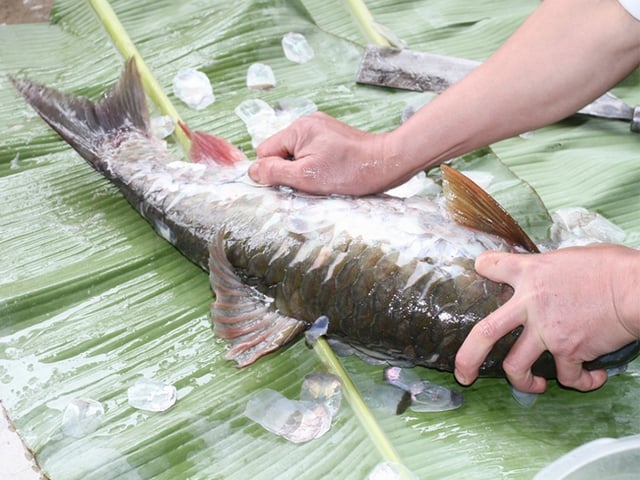
The fish meat is sweet, firm, delicious and not fishy.
Bong fish has an elongated, dark gray body with a black or blue-gray back, fading towards the belly, creating a graceful, distinctive appearance. Thanks to living in the environment of upstream streams and clear water areas, Bong fish not only has firm meat with few bones but also has a unique flavor.
Bong fish is not only famous for its delicious taste but also a rich source of nutrition. Fish meat contains a lot of high-quality protein, low in bad fat and rich in omega-3 fatty acids, which are very good for the heart, brain and body development. In addition, fish also provides important minerals such as calcium, iron, zinc, which help strengthen bones and support the immune system.
Ha Giang Bong fish has a firm, chewy texture and a special aroma. In the past, Bong fish, along with Lang fish, Anh Vu fish, Chien fish and Dam Xanh fish, were the 5 types of fish chosen to be offered to the King and Lord. Therefore, Bong fish is considered a treasure and is always treasured by the people.
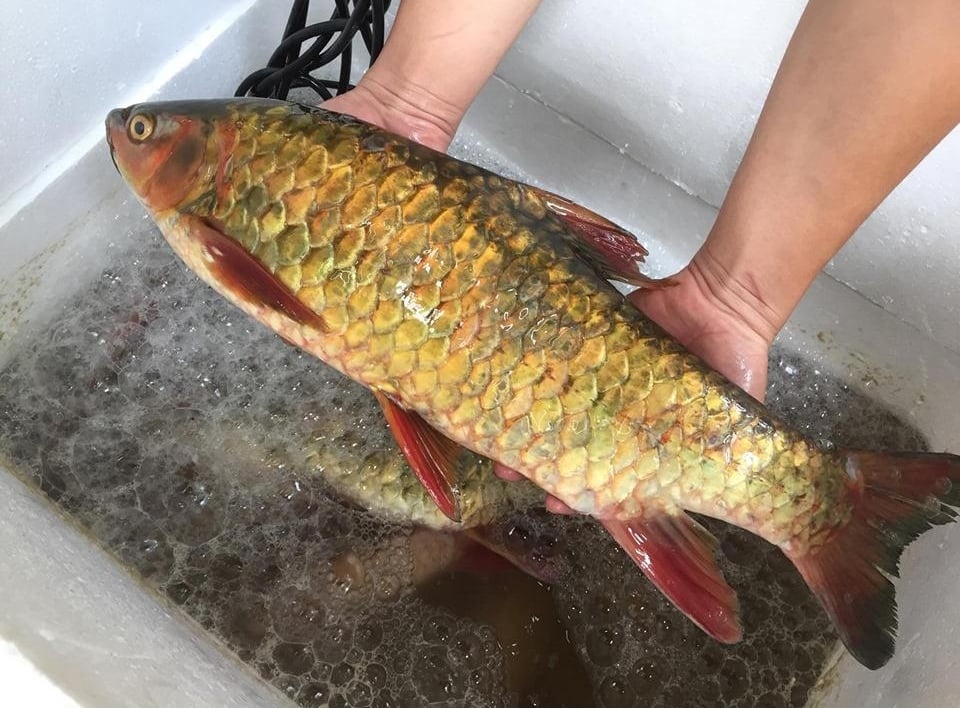
Bong fish, a specialty of Ha Giang, is raised in large numbers in fish ponds of the Tay ethnic people in Vi Xuyen district in a completely natural way.
Ha Giang Bong fish are raised in large numbers in the fish ponds of the Tay ethnic group in Vi Xuyen district in a completely natural way. With good climate conditions and water sources, Ha Giang Bong fish are of higher quality than Bong fish raised in rivers. Bong fish are raised in ponds with natural care, the water source for raising fish is led from upstream streams or water veins from rock crevices, helping the fish to be healthy and less susceptible to disease.
Due to its delicious meat quality and high nutritional value, Bong fish has a fairly high selling price compared to other freshwater fish. Depending on the size and origin, the price of fresh Bong fish can range from 300,000 - 600,000 VND/kg, even large fish, raised naturally for many years can cost up to a million VND each. Long-raised Ha Giang Bong fish are extremely expensive.
Bong Fish - A fish that tastes better the longer it's raised, not everyone gets to eat it.
Realizing the economic value and great potential of raising silver carp, Ha Giang Provincial Party Committee and Vi Xuyen District are building and developing silver carp to become a key product following the OCOP (One Commune One Product) program. Households are encouraged to convert small-scale fish farming models to commercial farming.
Currently, in the whole Vi Xuyen district, there are about 100 households developing a commercial model of raising silver carp for goods. Depending on the quantity of qualified fish sold to the market, each year households have an income of 90 million to 300 million VND thanks to Ha Giang silver carp farming.
Bong fish can be processed into many unique dishes, combined with available spices of Ha Giang mountains and forests such as grilled Bong fish, steamed fish, salad fish,...
Grilled Bong Fish: This dish has a rustic yet strangely attractive country flavor. After being cleaned, the fish is marinated with turmeric, galangal, and fermented rice, then grilled over hot coals until golden brown. This dish is served with vermicelli, rice paper, and a sweet and sour dipping sauce.
Steamed Bong Fish: Steamed fish retains its natural sweetness and nutrition, with firm meat. When cooked, the fish is steamed with ginger, lemongrass, and fried onions, creating a rich aroma.
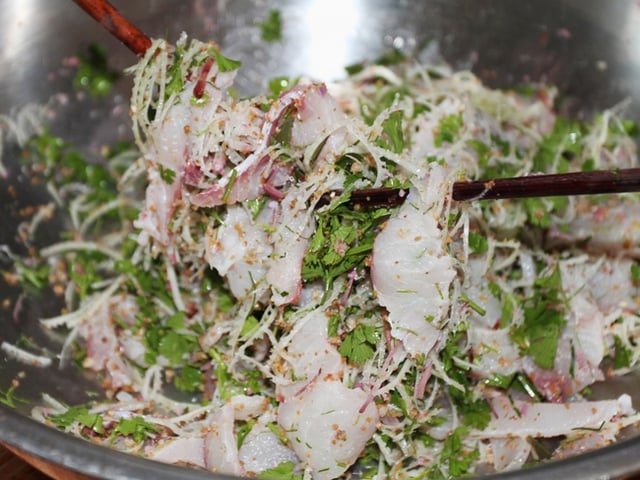
The fish salad does not use rice bran. This type of fish is very firm in meat, and when made into salad and dipped in "cheo", it will have a unique and unforgettable flavor. Perhaps thanks to the unique way of processing of the local people, the fish salad is increasingly favored by many diners from near and far.
The most special thing is that the fish salad does not use rice bran like other salads. The Tay people often use chopped fish bones, fried until golden brown, ground finely, then mixed with spices, marinated with thinly sliced fish.
Fish salad is served with herbs and wild vegetables such as perilla leaves, ginseng, young jackfruit leaves, chrysanthemum, cinnamon leaves, and great compassion leaves... Not only do these leaves make the dish more delicious, they also have many health benefits such as great compassion leaves help reduce bone pain; chrysanthemum leaves reduce stress; Indian laurel leaves are good for digestion...
The combination of herbs also helps the fish salad dish to be more attractive with a full range of sour, spicy, salty, and sweet flavors, bringing many emotions to the diners. In the season when wild vegetables are scarce, fish salad will be eaten with fig leaves, young star fruit shoots, or vồn vén leaves - a typical sour leaf that grows along streams in the northern mountainous region.
The way to eat goi ca bong is introduced by some restaurants and homestays to tourists quite similar to the way to eat spring rolls (shrimp and pork spring rolls, pho spring rolls...). Diners will pick up a thinly sliced piece of fish, dip it in lime juice, then cover it with a layer of rice powder. The fish is mixed with herbs, surrounded by a layer of rice paper used specifically for spring rolls.
In 2023, Ha Giang Bong fish was honored in the top 121 typical Vietnamese culinary dishes. Anyone who has ever enjoyed this dish cannot forget the wonderful flavor it brings.
Source: https://danviet.vn/ca-bong-loai-ca-cham-lon-la-ngu-quy-ha-thuy-noi-tieng-o-ha-giang-vay-anh-vang-thit-chac-ngot-20250217112916714.htm









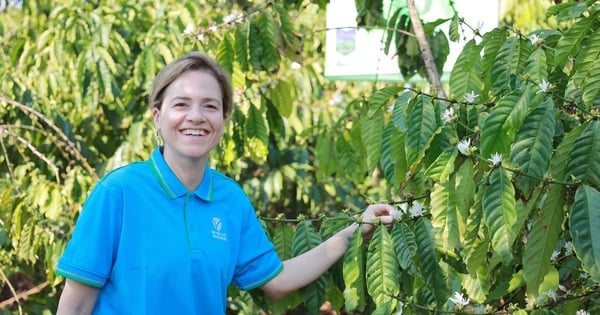
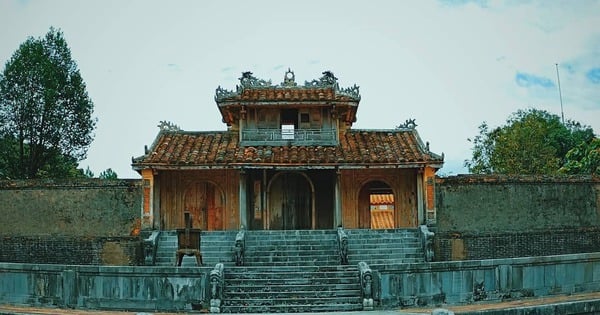
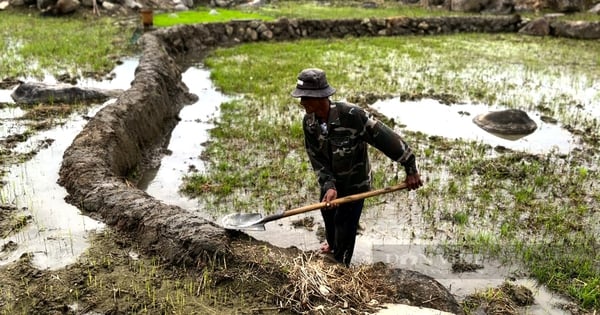
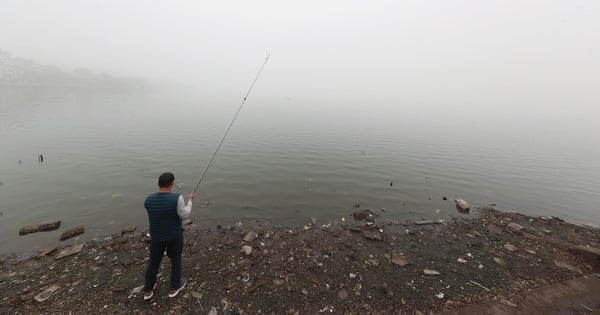
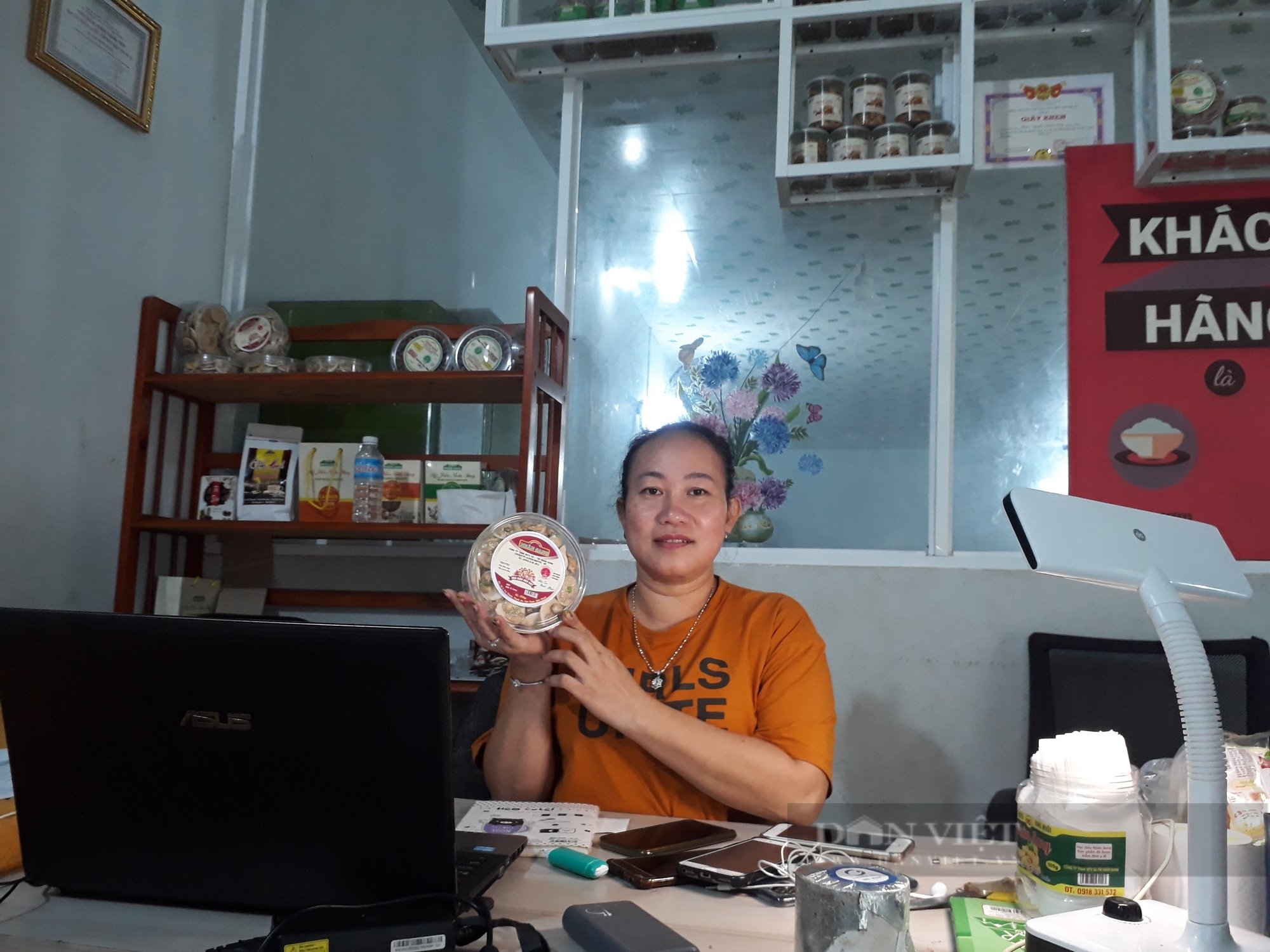
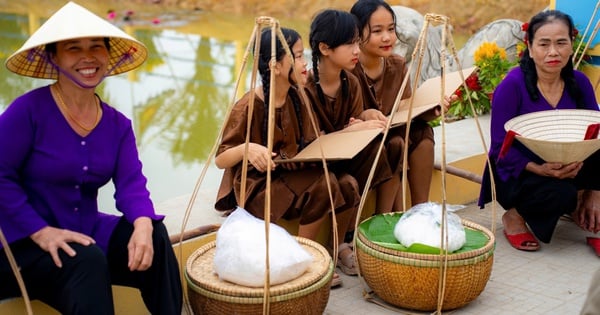
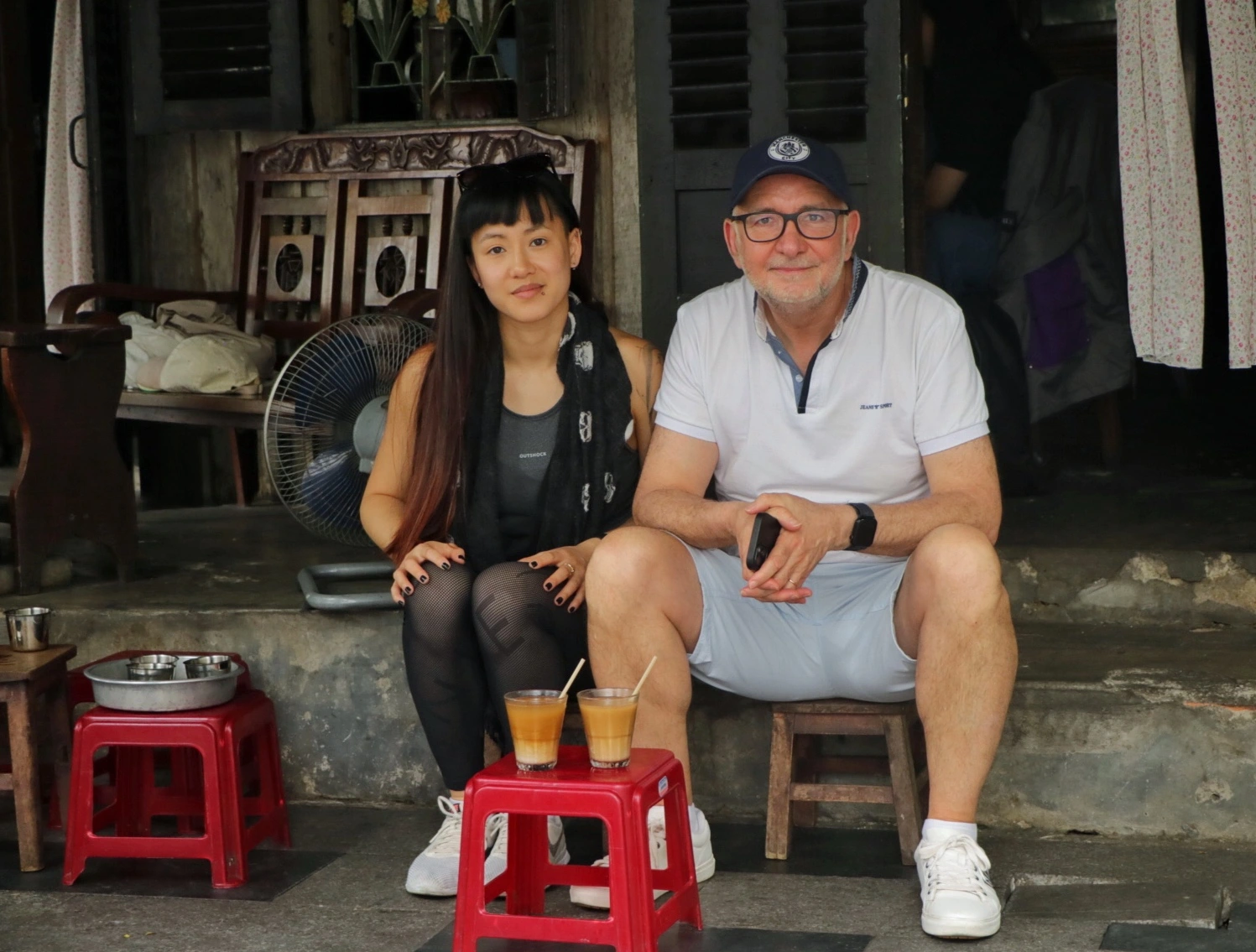

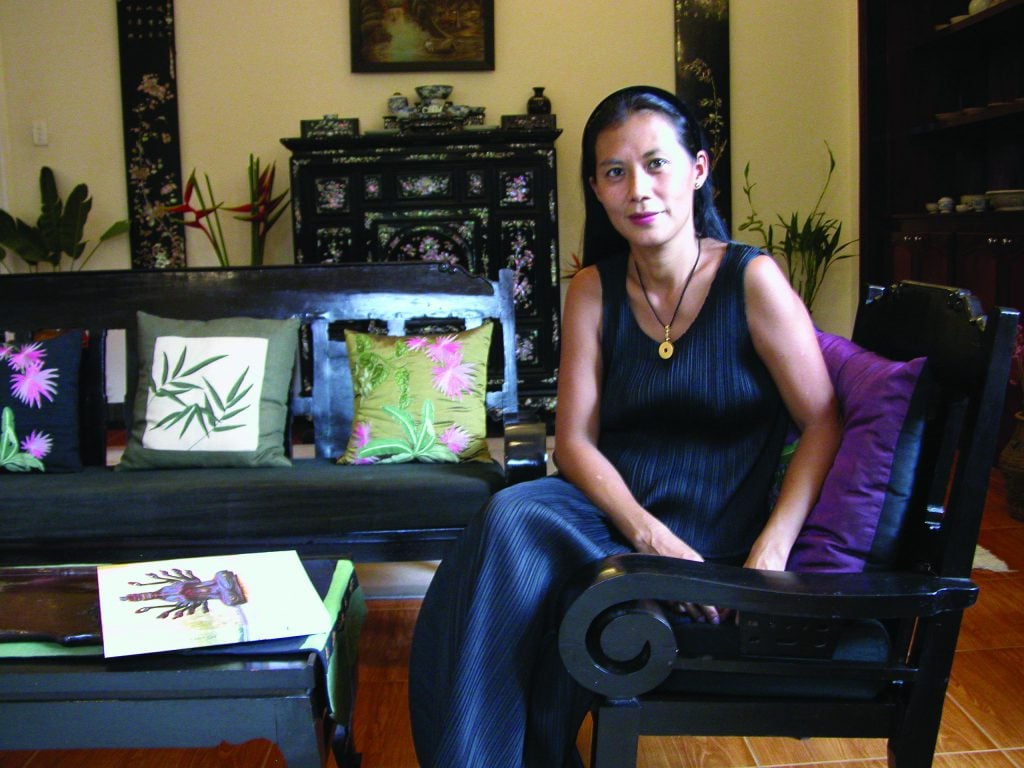







Comment (0)